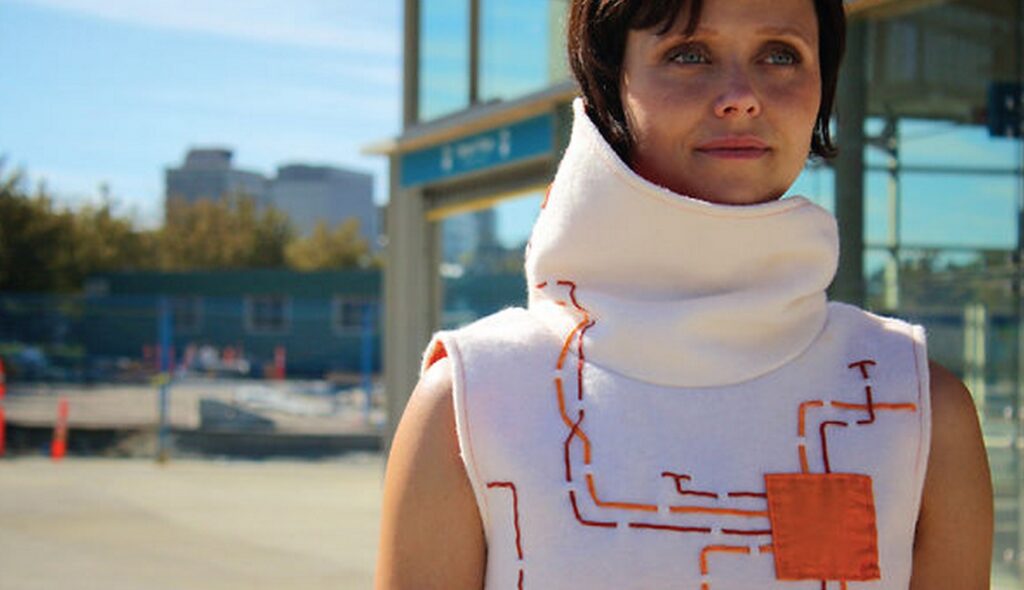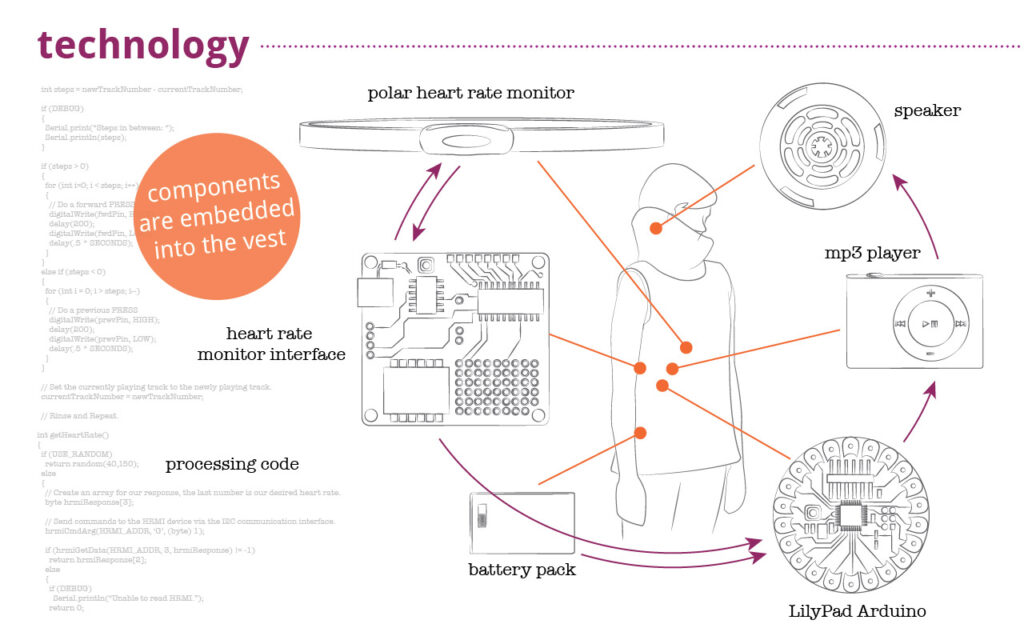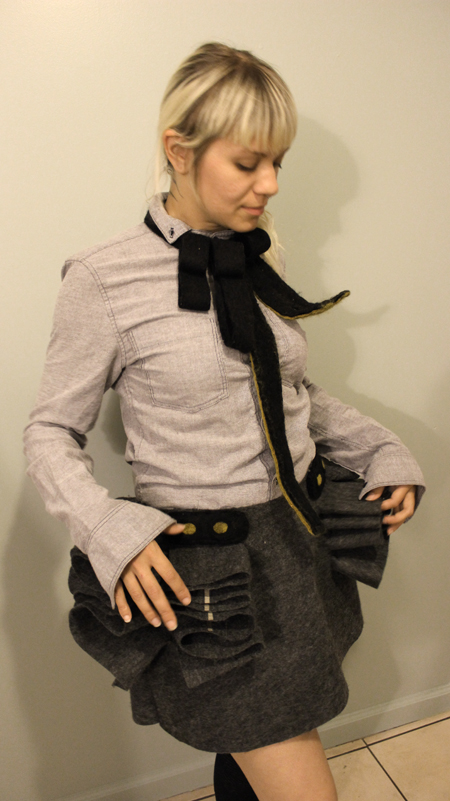
A former student of a college located in the town Bikaner, Rajasthan(India), Anirudh Sharma (twitter, blog) is a maker with a lot of perseverance. His first project Sparsh (Video) during college days generated a lot of interest in the Indian Maker community. His regular work at HP labs as a consultant, and his most famous recent work which was presented at TEDx BITS, Goa, the shoe for the blind – Le-chal, has brought him to the attention of makers around the world.
The latest was him getting featured in the MIT Technology Review, India TR35 list as a ‘young technology innovator’ followed by a call to pursue further studies with MIT Media Labs.
A casual chat-up with him threw light on the way open source hardware is affecting the lives of independent makers of India.
Priya: Congrats Anirudh! How does it feel to be featured in MIT list of young inventors?
Anirudh: Feels great that our work is being recognized at that level. Its a great platform to meet other people in doing technology related work.
Priya: Could you explain the project that was featured for our readers?
Anirudh: Codenamed as le´ chal, it’s a way of communicating navigational information with an intuitive eye-free interface. We used pizeo vibrational actuators in the four sides of the shoe that ‘poke’ the user about the direction he needs to walk in. The system could fit within a shoe. The reason we used a shoe is because it is something that we can repeatedly use in our day to day lives. We’ve started a company – Ducere Technologies [website yet to be up] to take this forward as a full fledged product.
Priya: Which specific area interests you the most in the field of electronics?
Anirudh: [I am] Not much of an electronics guy, I started fooling around with transducers back in 2010. I like the research going on in area of MEMS/Biomechatronics though.
Priya: What prompted you to use Arduino?
Anirudh: [Laughs] Not being an electronics guy, Arduino was the easiest way for me to start prototyping. The high-level easy access to sensor data pushed me to choose this platform to begin with.
Priya: So, MIT media labs  that is big! What do you plan to study there?
that is big! What do you plan to study there?
Anirudh: Not thought yet. I’d love to explore tangible input to CAD systems, Raskar’s NETRA project which creates an inverse Shack-Hartmann sensor. This compiles to new hardware add-on to mobile phones for instant eye-prescription data. Other projects that interest me are AutoStereoscopic displays-BiDi screen, similar to explorations I did with my mentor ‘SriG‘(Sriganesh Madhvanath) at HP Labs.
Priya: I see that you have taken initiatives for the blind, what other areas can you see open source hardware solving problems?
Anirudh: If you’ve an idea that could touch lives, there’s nothing better than open source hardware to start your explorations with, as it not only provides the right tools but a community backing that you could rely on.
Priya: Any special blogs/people that you follow in the field of technology?
Anirudh: [I follow the works of] Arduino, MIT Tech Review, Seth Sandler, Bret Vitor, Aza Raskin, ladyada for it brings out fresh insights. In general, I admire works of VS Ramachandran, Feynman, Shwetak Patel and Bill Buxton.
Priya: Any other hobbies other than tinkering?
Anirudh: I play Portal 2, FarCry, trek to new places, and do photography.
















